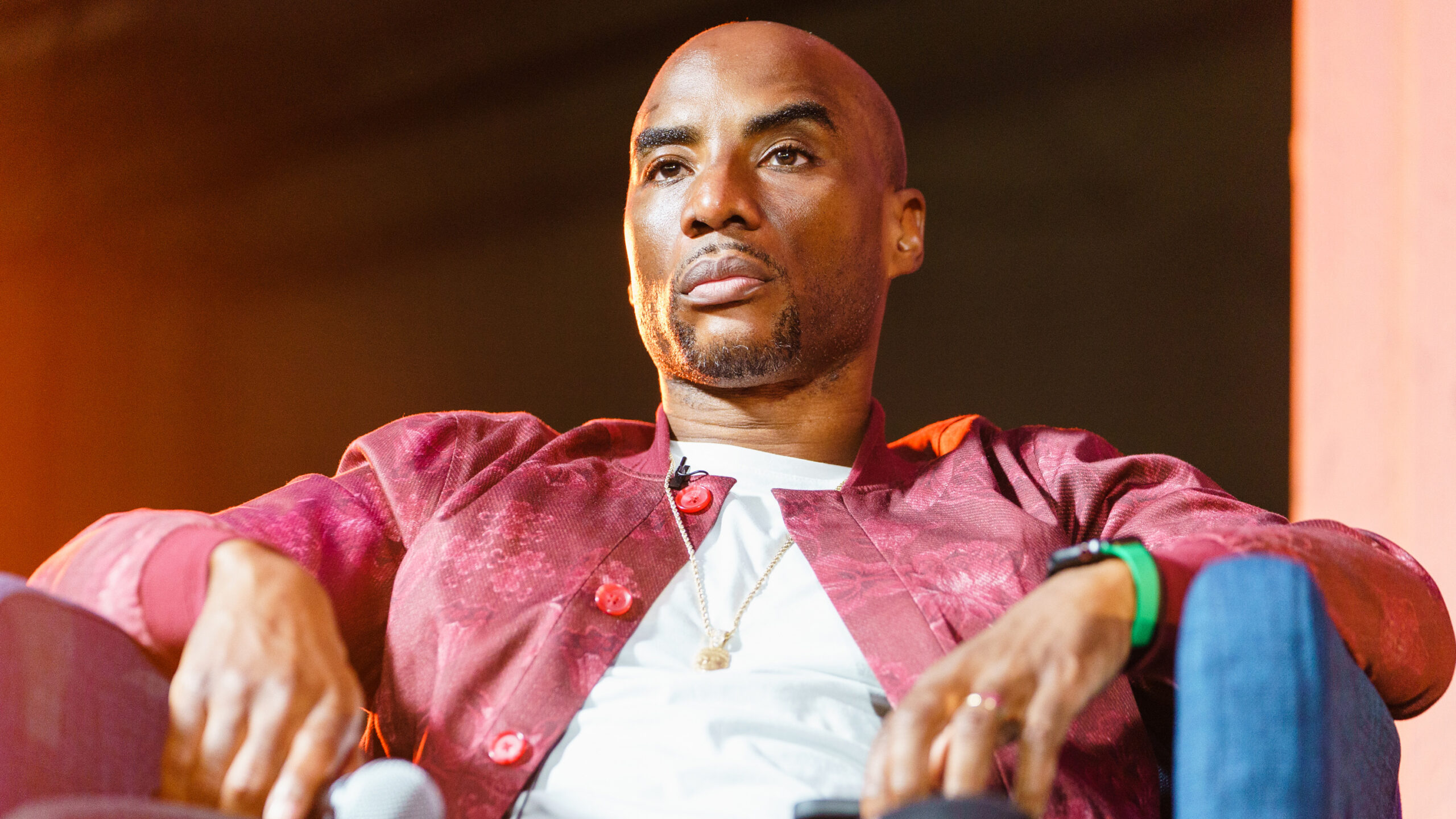Women can crush pull-ups too: here's 5 steps to doing your first
Whether you were introduced to pull-ups during a childhood school fitness assessment, discovered them at your favorite group exercise class, or saw a fitness influencer post them online, one thing is for certain: The pull-up requires an incredible amount of strength to perform, and it’s one of the few exercises that even women who consider themselves seasoned gym-goers find elusive. Reflecting on my own experience training for pull-ups, I know the version of me that can do three pull-ups in a set is not the same version of me that can run a half-marathon in under two hours. To help you nail down that sneaky show of strength, I sat down via Zoom with Aram Grigorian, the no-nonsense trainer and nutrition coach behind 4 Weeks to the Beach. With a laundry list of past and present exercise certifications including National Academy of Sports Medicine’s Certified Personal Trainer, a functional strength training certification, and CrossFit Level One in addition to three certifications in nutrition coaching, Grigorian has plenty of knowledge and years of experience coaching and training women to flesh out the steps you can take to complete your first pull-up. I broke his advice into five easy-to-follow steps that will take you from pull-up-beginner all the way to veteran muscle mommy. Your training starts now. 1. Establish your motivation In true Simon Sinek fashion, Grigorian says that the first step in training for an unassisted pull-up is establishing why you want to reach this goal. “I think psychology is very much overlooked when it comes to physical achievement,” says Grigorian. “When you have a strong enough 'why,' it’s easier to be consistent.” Grigorian added that his work with busy moms and business owners has shown him the importance of verbalizing your motive. With minimal time to commit to training between school and soccer practice, making calculated decisions becomes necessary. Setting a clear, performance-based goal like being able to perform a pull-up and backing it up with a powerful motivation helps you make those tough calls. “Is it going to make them more fulfilled? Is it going to beat an insecurity? Is it a goal and a target because being strong is important to you? What is it that’s driving you to get that first pull-up?” asks Grigorian. That motivation becomes incredibly important when faced with the reality that a performance goal like a pull-up doesn’t always go hand in hand with aesthetic goals. “You might be the strongest, but you might not be the leanest, and you have to accept that. And that’s not easy for a lot of people to accept,” says Grigorian. Reflecting on my own experience training for pull-ups, I know the version of me that can do three pull-ups in a set is not the same version of me that can run a half-marathon in under two hours. The goals contradict each other. One focuses on strength, and the other focuses on endurance. One creates a more muscular body, and the other creates a leaner frame. I can pursue being the best at both — just not at the same time. Knowing why you are going after this goal in particular in this season helps you accept those conflicts, so be sure to verbalize your why before you start training for this goal. Trainer and fitness coach Aram Grigorian4weeks2thebeach 2. Train for strength Step two focuses on strengthening the muscles used in the pull-up movement by training them consistently. The main muscles involved are the biceps, lats, and forearms, says Grigorian. Muscles in the chest and shoulders provide support as well. For those of you without a background in anatomy, do not worry. All you need to know is which type of exercises to include in your workouts to target the correct muscle groups and movement patterns. Bicep curls, lat pull-downs, and variations of rows all target muscles important for doing a pull-up, said Grigorian. He mentioned that one of his clients trained regularly with all of those movements. He never programmed a pull-up for her, but he says, “On accident, she was at a playground with one of her nieces and she jumped up on one of the monkey bars, and she was able to pull herself up twice.” Incorporating those movements into your routine weekly will aid you in your final goal of performing a pull-up. If you need demonstrations of some of those exercises, Mind Pump Media makes great video demonstrations on YouTube, and Meghan Callaway Fitness offers blogs and a pull-up program to help you crush your goal. 3. Eat for performance You have heard the saying that abs are made in the kitchen. Surprise! Pull-ups are too. Your nutrition, or eating the foods necessary for health and growth, plays a huge role in your ability to do a pull-up. “Protein has to really be the intention. People do have trouble getting that in, and that is going to be the catalyst for muscle size and strength,” says Grigorian. Planning and preparing meals with protein ahead of time is one way to keep up with t


Whether you were introduced to pull-ups during a childhood school fitness assessment, discovered them at your favorite group exercise class, or saw a fitness influencer post them online, one thing is for certain: The pull-up requires an incredible amount of strength to perform, and it’s one of the few exercises that even women who consider themselves seasoned gym-goers find elusive.
Reflecting on my own experience training for pull-ups, I know the version of me that can do three pull-ups in a set is not the same version of me that can run a half-marathon in under two hours.
To help you nail down that sneaky show of strength, I sat down via Zoom with Aram Grigorian, the no-nonsense trainer and nutrition coach behind 4 Weeks to the Beach. With a laundry list of past and present exercise certifications including National Academy of Sports Medicine’s Certified Personal Trainer, a functional strength training certification, and CrossFit Level One in addition to three certifications in nutrition coaching, Grigorian has plenty of knowledge and years of experience coaching and training women to flesh out the steps you can take to complete your first pull-up.
I broke his advice into five easy-to-follow steps that will take you from pull-up-beginner all the way to veteran muscle mommy. Your training starts now.
1. Establish your motivation
In true Simon Sinek fashion, Grigorian says that the first step in training for an unassisted pull-up is establishing why you want to reach this goal.
“I think psychology is very much overlooked when it comes to physical achievement,” says Grigorian. “When you have a strong enough 'why,' it’s easier to be consistent.”
Grigorian added that his work with busy moms and business owners has shown him the importance of verbalizing your motive. With minimal time to commit to training between school and soccer practice, making calculated decisions becomes necessary. Setting a clear, performance-based goal like being able to perform a pull-up and backing it up with a powerful motivation helps you make those tough calls.
“Is it going to make them more fulfilled? Is it going to beat an insecurity? Is it a goal and a target because being strong is important to you? What is it that’s driving you to get that first pull-up?” asks Grigorian.
That motivation becomes incredibly important when faced with the reality that a performance goal like a pull-up doesn’t always go hand in hand with aesthetic goals.
“You might be the strongest, but you might not be the leanest, and you have to accept that. And that’s not easy for a lot of people to accept,” says Grigorian.
Reflecting on my own experience training for pull-ups, I know the version of me that can do three pull-ups in a set is not the same version of me that can run a half-marathon in under two hours.
The goals contradict each other. One focuses on strength, and the other focuses on endurance. One creates a more muscular body, and the other creates a leaner frame. I can pursue being the best at both — just not at the same time. Knowing why you are going after this goal in particular in this season helps you accept those conflicts, so be sure to verbalize your why before you start training for this goal.
 Trainer and fitness coach Aram Grigorian4weeks2thebeach
Trainer and fitness coach Aram Grigorian4weeks2thebeach
2. Train for strength
Step two focuses on strengthening the muscles used in the pull-up movement by training them consistently. The main muscles involved are the biceps, lats, and forearms, says Grigorian. Muscles in the chest and shoulders provide support as well.
For those of you without a background in anatomy, do not worry. All you need to know is which type of exercises to include in your workouts to target the correct muscle groups and movement patterns.
Bicep curls, lat pull-downs, and variations of rows all target muscles important for doing a pull-up, said Grigorian.
He mentioned that one of his clients trained regularly with all of those movements. He never programmed a pull-up for her, but he says, “On accident, she was at a playground with one of her nieces and she jumped up on one of the monkey bars, and she was able to pull herself up twice.”
Incorporating those movements into your routine weekly will aid you in your final goal of performing a pull-up. If you need demonstrations of some of those exercises, Mind Pump Media makes great video demonstrations on YouTube, and Meghan Callaway Fitness offers blogs and a pull-up program to help you crush your goal.
3. Eat for performance
You have heard the saying that abs are made in the kitchen. Surprise! Pull-ups are too. Your nutrition, or eating the foods necessary for health and growth, plays a huge role in your ability to do a pull-up.
“Protein has to really be the intention. People do have trouble getting that in, and that is going to be the catalyst for muscle size and strength,” says Grigorian.
Planning and preparing meals with protein ahead of time is one way to keep up with this.
Grigorian said that one gram of protein per pound of lean body mass is the recommended amount to consume when focusing on a strength-based goal like a pull-up that may require you to build muscle. I have also heard this amount stated as one gram of protein per pound using your target or ideal weight rather than your current, total weight.
After reaching your protein target, eat carbs to sustain energy inside the gym and make sure you consume enough fat to support hormone balance, advises Grigorian. That rounds out your nutrition for performance.
4. Practice the skill
After determining your why, spending time strength training, and fueling your body with optimal nutrition, practicing the pull-up skill itself is important. If you cannot do an unassisted pull-up, regression options that use the same movement provide a good starting point.
“Do something like a TRX row or an inverted row with body weight first at a very high angle,” Grigorian suggests.
If that feels easy, increase the angle to where your body weight is closer and closer to horizontal, requiring you to row a greater percentage of your body weight. Once you master that movement, practice pull-ups using a band or on an assisted pull-up machine to alleviate some of the resistance, advises Grigorian — he suggests you plug one of those exercises into your workout routine at least two times a week for a total of three to six sets until you can perform a pull-up.
5. Be patient
The final piece of the puzzle might be the most tedious. Life is unpredictable.
How long will it take for an average woman to be able to perform a pull-up? Grigorian says he has no clue.
“Anybody that gives you an answer to that question is lying to you because they don’t know,” said Grigorian.
He cites consistency with training, potential illness, and changing life circumstances as unpredictable variables that influence the timeline. He also notes that “as you get closer to the top of the mountain, the climb gets harder.”
That sounds daunting, so when you reach this point, remember how far you already came and keep climbing. Having implemented all of these tactics throughout my personal fitness journey to go from zero to three pull-ups, I feel confident that your first pull-up is closer than you think. Begin executing these steps, and stick to it!
Originally Published at Daily Wire, World Net Daily, or The Blaze
What's Your Reaction?
































































































